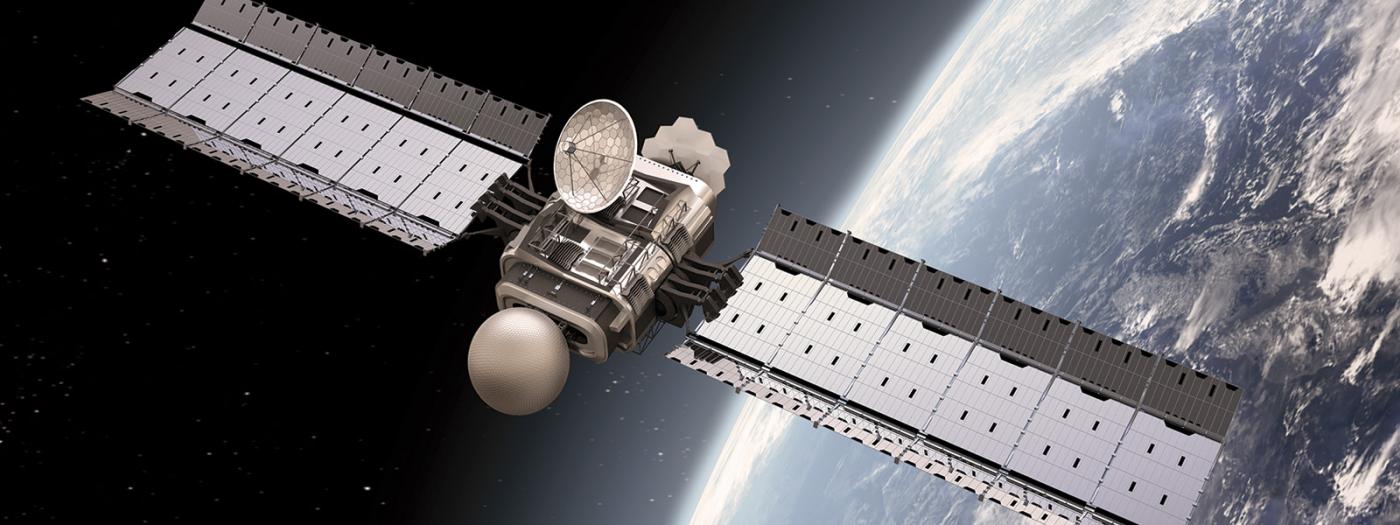This course is made up of a series of seminars that aim to train students to carry out the technological and management cases that make up the master's degree, as well as to cover some areas of knowledge that are not covered by the cases. The seminars deal with concepts of antennas, radio navigation systems and digital image processing.
Professors
The learning outcomes that students who take this course must achieve, based on the curriculum of their Master's degree, are:
- Ability to develop radiocommunication systems: design of antennas, equipment and subsystems.
- Ability to design radio navigation and positioning systems, as well as radar systems.
- Ability to apply methods of information theory, as well as advanced digital signal processing techniques to communications and audiovisual systems.
- Module 1 - Radionavigation: Galileo and other GNSS (Global Navigation Satellite System) systems, GNSS measurements and combinations, Satellite clocks and orbits, Precise Point Positioning (PPP), Differential GNSS, Augmentation systems: GBAS and SBAS.
- Module 2 - Antennas: Antenna Booster Technology, EM Simulation and Measurement Systems, Antenna Array Applications, Genetic Algorithms applied to Antenna Engineering, Transparent Materials for Antenna Design.
- Module 3 - Digital Image Processing: Introduction to Digital Image Processing, Detection and classification of objects in images.
The training activities used in the subject are:
- Assimilation of the associated concepts
- Personal work
- Evaluation activities
Each session is divided into two parts: in the first part the teacher provides the basic knowledge so that the students can research and complete the task. The rest of the session is dedicated to solving the exercises posed. The teacher assists the students who require it to clarify any possible doubts that may arise.
The assessment activities used in the subject are, depending on the seminar:
- Group work
- Class participation
- Presentations
Each teacher proposes an exercise to be carried out. It is the same teacher who evaluates the exercise based on criteria adapted to the task to be carried out.
The weighting of each module of the subject is 2/12 (Module 1), 7/12 (Module 2) and 3/12 (Module 3).
